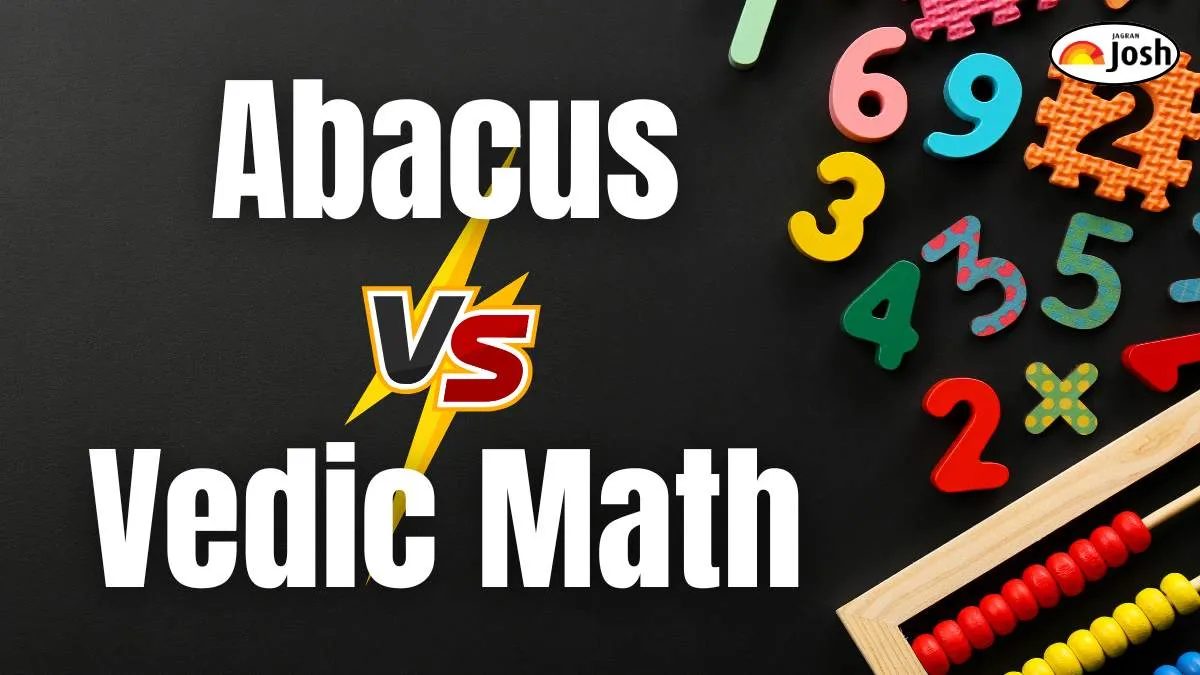In today's fast-paced world, parents are constantly looking for ways to give their children an edge, especially when it comes to developing strong mental abilities. Two popular methods, Abacus training and Vedic Math, often come up in discussions about boosting a child's numerical skills and cognitive development. Both promise to make complex calculations easy and improve overall brain function, but they go about it in very different ways.
This article will explore the unique approaches of Abacus and Vedic Math. We'll look at how each method works, the specific mental skills they aim to develop, and their respective benefits. Understanding the core differences between these ancient techniques can help parents and educators decide which might be a better fit for a child's individual learning style and developmental goals.
Abacus vs Vedic Math: Which One is Better for Mental Development?
The quest to sharpen mental faculties, particularly in mathematics, has led to the resurgence of traditional methods like the Abacus and Vedic Math. While both aim to foster rapid mental calculation and holistic cognitive growth, their methodologies and the specific skills they cultivate vary significantly.
Understanding the Abacus Method
The Abacus is an ancient calculating tool, essentially a frame with beads sliding on rods. In Abacus training, children initially use a physical abacus to perform arithmetic operations (addition, subtraction, multiplication, division). Over time, they learn to visualize the abacus in their minds, moving the beads mentally to solve problems.
-
How it works: It's a highly visual and tactile method. Children are taught specific finger movements and rules for manipulating the beads. As they progress, the physical abacus is gradually removed, and they rely entirely on their mental image of it.
-
Mental Development Benefits:
-
Visualization Skills: Rapidly enhances the ability to create and manipulate mental images.
-
Concentration & Focus: Requires intense concentration to perform mental bead movements accurately.
-
Memory: Strengthens working memory as children hold and process numbers mentally.
-
Motor Skills: Early stages involve fine motor coordination.
-
Speed & Accuracy: Leads to remarkably fast and accurate calculations.
Understanding Vedic Math
Vedic Math is a system of mathematics based on a collection of sixteen "Sutras" (aphorisms or short formulas) and thirteen "Upa-Sutras" (sub-formulas) discovered from ancient Indian scriptures. These Sutras are like mental shortcuts or algorithms that simplify complex arithmetic operations.
-
How it works: It teaches alternative, often simpler, ways to solve problems that would typically require lengthy conventional steps. For example, it has unique methods for multiplication, division, squaring numbers, and more, making calculations intuitive and fast. It often involves pattern recognition and applying specific formulas.
-
Mental Development Benefits:
-
Logical Thinking & Reasoning: Encourages a deeper understanding of number relationships and logical patterns.
-
Creativity in Problem Solving: Offers multiple approaches to solve a single problem, fostering mental flexibility.
-
Mental Agility: Reduces calculation steps, leading to quick mental processing.
-
Reduces Math Phobia: Makes math seem less intimidating and more like a game due to its simple, elegant formulas.
-
Holistic Brain Development: Engages both hemispheres of the brain by combining logical reasoning with pattern recognition.
Abacus vs. Vedic Math: A Comparative Look
Feature | Abacus Training | Vedic Math |
| Primary Tool | Physical beads, then mental visualization | Mental formulas (Sutras) and patterns |
| Core Skill Developed | Visualization, fine motor skills, speed | Logical reasoning, mental agility, problem-solving creativity |
| Approach | Concrete to abstract (physical tool to mental image) | Abstract to abstract (formula application) |
| Focus | Calculation speed and accuracy through imaging | Simplified calculation methods and conceptual understanding |
| Origin | Ancient East Asia (China/Japan) | Ancient India |
Which One is "Better" for Mental Development?
Deciding which method is "better" isn't a straightforward answer, as both are highly effective in their own right and cater to different learning strengths:
-
Choose Abacus: Your child is a visual learner who benefits from concrete tools and developing strong mental imagery. It's excellent for fostering focus and pure calculation speed.
-
Choose Vedic Math: Your child thrives on pattern recognition, logic, and understanding underlying principles. It can make math more intuitive and less rote, enhancing problem-solving creativity.
Ultimately, both Abacus and Vedic Math are remarkable systems that transcend mere calculation. They fundamentally train the brain to process information differently, leading to improved concentration, memory, speed, and overall cognitive abilities. The "better" choice is the one that resonates most with a child's learning style, ignites their curiosity, and makes the journey of numerical mastery enjoyable and empowering. In some cases, a combination or sequential learning of both might even offer the most comprehensive cognitive benefits.

Comments
All Comments (0)
Join the conversation